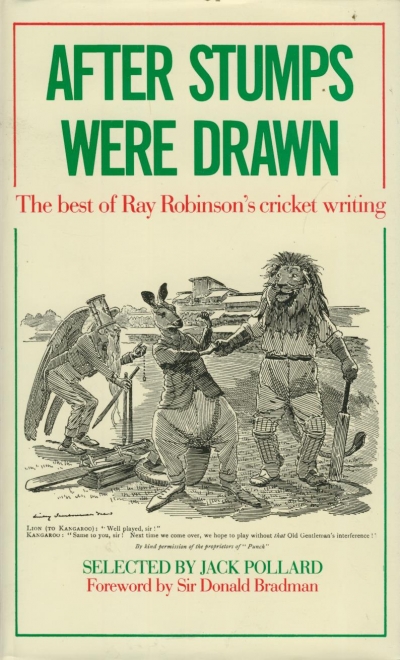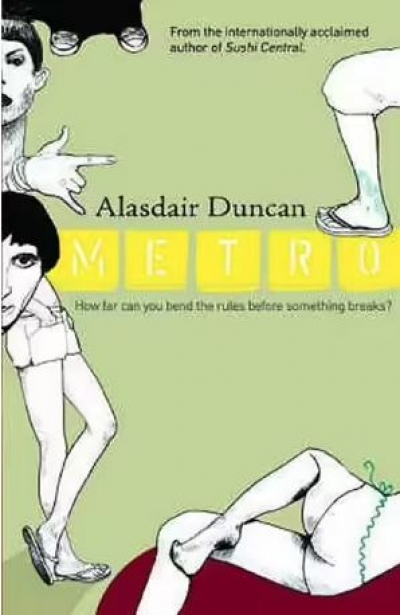Accessibility Tools
- Content scaling 100%
- Font size 100%
- Line height 100%
- Letter spacing 100%
Archive
The ABR Podcast
Released every Thursday, the ABR podcast features our finest reviews, poetry, fiction, interviews, and commentary.
Subscribe via iTunes, Stitcher, Google, or Spotify, or search for ‘The ABR Podcast’ on your favourite podcast app.
‘Where is Nancy?’ Paradoxes in the pursuit of freedom
by Marilyn Lake
This week on The ABR Podcast, Marilyn Lake reviews The Art of Power: My story as America’s first woman Speaker of the House by Nancy Pelosi. The Art of Power, explains Lake, tells how Pelosi, ‘a mother of five and a housewife from California’, became the first woman Speaker of the United States House of Representatives. Marilyn Lake is a Professorial Fellow at the University of Melbourne. Listen to Marilyn Lake’s ‘Where is Nancy?’ Paradoxes in the pursuit of freedom’, published in the November issue of ABR.
Recent episodes:
The first book of yet another publisher of limited editions deserves our close attention. The cult of the limited edition has many followers in Australian publishing today. Some of them work on the principle that if you limit the edition, you can delimit the price, and that collectors and librarians will not be able to resist, even if there is more ‘Dulux’ than ‘deluxe’ to the style of your production.
... (read more)A letterpress book, one of the last of the tribe! I picked it up with pleasure. A clean design (title-page a bit subdued, perhaps?); very consistent and even printing, with the pages beautifully backed up; the creamy Burnie MF a pleasant change from the whiter than white offset papers that we live with nowadays; the halftones (printed by offset) unexciting but passable. Pleasure turned to disappointment when I looked closer. The type (10pt Linotype Baskerville) must have been set from a worn old fount, for in most slugs there are fine hairlines of ink between the characters, and there are some characters in the magazine –notably a lowercase ‘e’ – that are out of alignment at their every appearance. Good presswork almost makes up for all this, but the Baskerville fount, which I am sure must have set many an OUP book in its day, is due for retirement. The book has coloured endpapers, to which I am partial, but printed color is no substitute for using a colored stock, as there are sometimes hints of streakiness. 2 picas.
... (read more)The New South Wales Prices Commission has been listening to complaints that books are overpriced. I meanwhile have been looking at some of the award-winning and commended books in the Children’s Book Council 1978-79 competition, and I am here to say that whatever may be claimed about some kinds of book, children’s books are cheap. It is amazing.
... (read more)It has been suggested that ‘picas’ should again be awarded to books discussed in this column, on the scale of excellence of nought to three established by my predecessor, Peter Pica. Well, I will try; but I point out that what I am looking at is the success or otherwise of books in their own field; I am not trying to relate different kinds of books to one immutable standard of design and production, even if it were possible to do so. I am conscious of the fallibility of judgements like these.
... (read more)I hope to write about the ABPA’s 1979–80 design awards in this issue, but my deadline has arrived and news of the winners has not. From the eligible titles that I have seen, my own choice as Book of the Year is Emily Hope’s The Queen of the Nágas, published in an edition of 500 copies by Nomad Press, of Melbourne, and distributed by William Collins.
... (read more)After Stumps Were Drawn: The best of Ray Robinson's cricket writing edited by Jack Pollard
I have to admit that I’m a magazine junkie. With the possible exceptions of golfing and bridal magazines I’ll read any magazine – from the trashy tabloid to high-brow literary – anywhere; anytime; dentists’ waiting rooms, doctors’ waiting rooms, hairdressers’ salons and, most of all, public transport. In fact, magazines are made for public transport. Unlike reading novels you can finish an article, story, or review in the space of a P.T. trip without the narrative being interrupted by annoying practical details like getting off. Buying a magazine and making it last over a week of P.T. transport is an art, as is choosing the right magazine for the right journey. It’s not an exact science but there are compelling reasons for giving this matter serious consideration.
... (read more)Swans are said to mate for life and The Stone Swan builds on the love and anguish of such a relationship as the focus for a lesson in environmental responsibility. A pair of swans, lagging behind the rest of their flight, take solitary refuge in a wetland adjacent to a new housing estate, unaware that it is targeted for ‘development’. The cygnets hatch as the water levels subside and the male swan becomes trapped in a tangle of exposed rubbish and plastic twine. He is near death from exhaustion when a child from the nearby estate finds and frees him. But the peril is not over, for a causeway is being built across the wetland, isolating the swan family from the rest of the flock. The male manages to climb to the top of the roadway, but he will not go on without his mate and she will not leave without her babies. The story ends as she and her young, now fully fledged, fly off to join the flock on their annual migration while the human child witnesses her last farewell to the swan-shaped stone that has appeared on the causeway. Bell’s sombre illustrations in ink and watercolour reinforce the tragic mood of the story. A final page provides background information and references for this timely picture book that could be used effectively in primary school ecology studies.
... (read more)Award-winning Louis de Paor, in the spirit of many of his literary compatriots, has produced his best work out of being away from Ireland. Cork and Other Poems, a bilingual collection, celebrates the presence of memory, the confrontation of points of departure. Although his luxurious rhymes in Irish are lost in English, his similes (‘The back of the car’ ‘watertight as a fish’s arse’) and kennings (‘sky-horse’, meaning plane) maintain a resilient life even in translation. Some images are plainly original. Others are held up by mythology, as in ‘The Pangs of Ulster’ and ‘Heredity’. De Paor’s poems remind me of what Bernard O’Donoghue and Chris Wallace-Crabbe said, respectively, of Seamus Heaney’s poetry-steeped in ‘northern Bog-myths’, ‘notably muddy’. This is a remarkable world of rain and birth, fetches and the supra-natural, marsh and sinking. But in this book, his third collection, de Paor’s startling, terse narratives have ‘sweetened the underground dark’ of family, love and homecoming. The language is fluid and urgent, exemplified in ‘Oisn’ and ‘Nanbird’. While he considers the particular through the lens of myth, his true ground is the specific, the faith in individual comprehension, where, when I ‘set foot on the ground / I [see] my reflection / brought down to size.’
... (read more)


